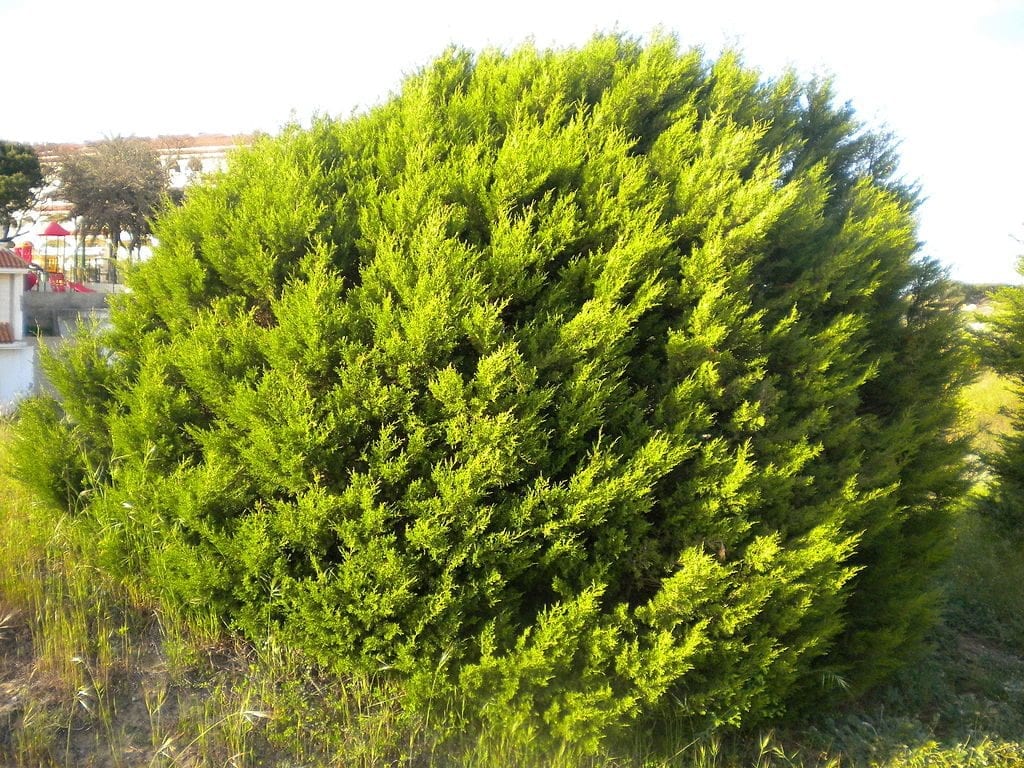
Image - Wikimedia / Balles2601
El Juniperus phoenicea It is an ideal conifer for gardens located in temperate and dry regions, since it is also capable of withstanding weak frosts without problems. Its growth rate is rather slow, thus allowing us to control its development and give it the shape that we most want.
And when it comes to its resistance to pest-causing insects and disease, we won't have to worry about it either, at least not too much. But better We will tell you everything in more detail below.
Origin and characteristics
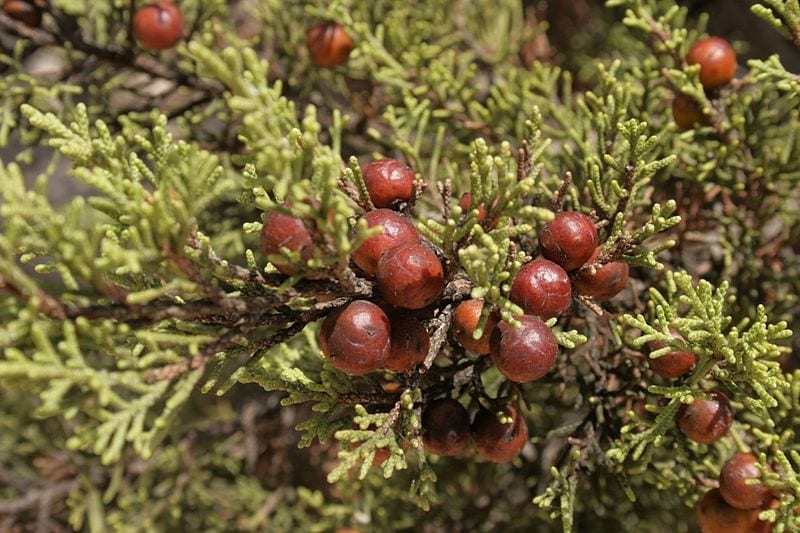
Image - Wikimedia / Sten
Our protagonist is a conifer native to the Mediterranean region whose scientific name is Juniperus phoenicea, although it is popularly known as black juniper or soft juniper. It can reach a height of up to 8 meters, and has dense, evergreen foliage that forms a very branchy oval or round crown.. The male and female cones usually occur on the same plant, but sometimes they occur on different specimens.
It flowers at the end of winter or in spring, but its fruits do not finish ripening until the second year. They are greenish at first, and then change to red.
What are their cares?
If you want to have a copy, we recommend that you provide it with the following care:
Location
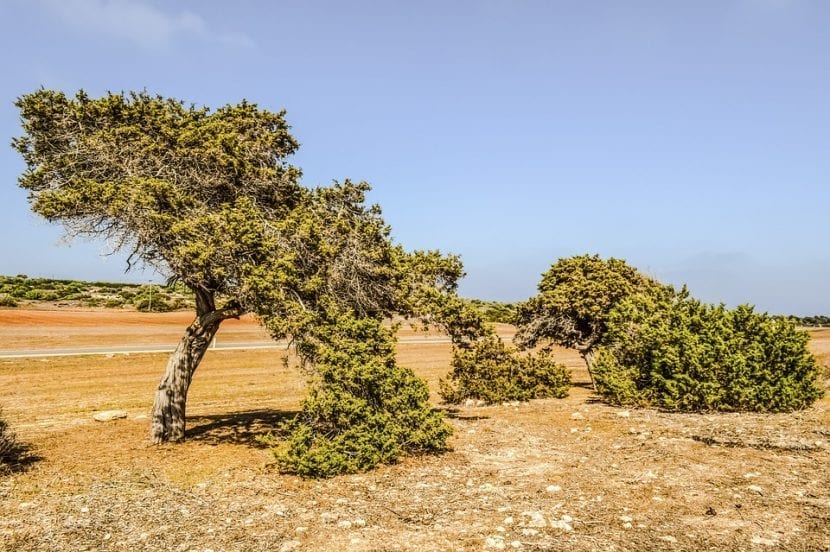
The smooth juniper is a tree that must be grown outside, in full sun. Of course, although it is not invasive, it is advisable to plant it at a minimum distance of 5 meters from pipes, paved floors, etc. just in case.
Earth
- Garden: it adapts to all types of soils, but prefers limestone with good drainage.
- Flower pot: it is not a species to grow in pots throughout its life; Now, as it grows slowly, it can last several years in a universal culture substrate mixed with 20% perlite.
Irrigation
- Garden: Being a Mediterranean conifer, it is prepared to withstand drought once it has been planted in the ground for at least a year. Therefore, we will water 2-3 times a week in summer and once every 6-7 days the rest of the year, but only for the first twelve months. Then, we can space out the risks.
- Flower pot: having a limited amount of land, irrigation is a task that we will always have to do, on a regular basis. So, we will give you water 3-4 times a week in summer, and every 4-5 days the rest.
In any case, it is advisable to use rainwater or water without a lot of lime, especially if it is in a pot, because although it can tolerate lime without problems, an excess of it could harm it.
Subscriber
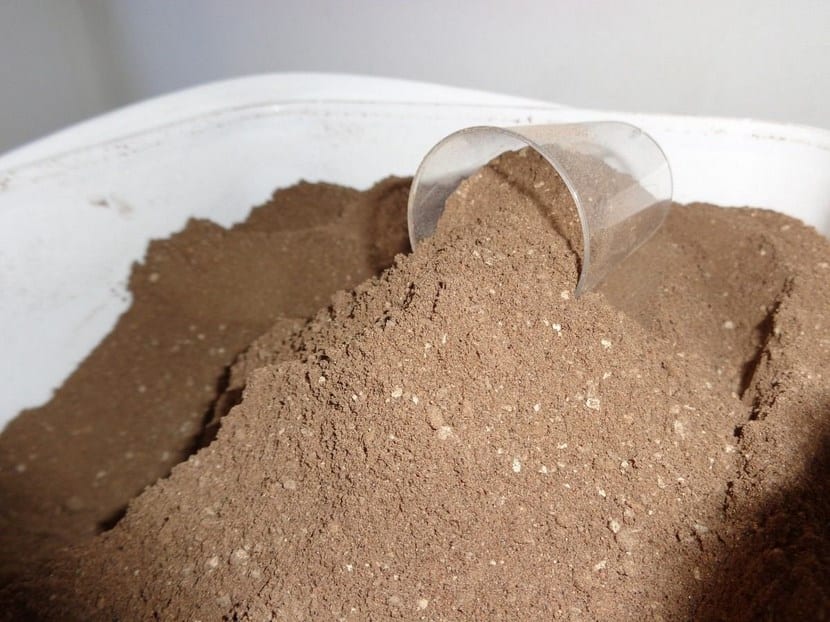
Guano powder.
As important as water is compost. The Juniperus phoenicea it is growing for a good part of the year, so it needs a regular supply of "food" from spring to early fall. Taking this into account, we will pay once a month with ecological fertilizersand guano, earthworm humus: herbivorous animal manure such as of chicken or the cow If we are lucky and we get them fresh, we will let them dry in the sun for about 10 days.
If it were in a pot, we will use liquid fertilizers, following the indications specified on the product packaging as there could be a risk of overdose.
Multiplication
It multiplies by seeds in autumn, since it needs to spend some cold to germinate in spring. The way to proceed is the following:
- First, we will fill a pot of about 10,5cm in diameter or a forest seed tray with universal culture substrate mixed with 30% perlite.
- Then, we water consciously and sprinkle copper or sulfur to prevent the appearance of fungi, which could spoil them.
- Next, we sow the seeds, making sure that they are not piled up, ideally putting no more than 2 in each pot of that size or alveolus.
- The next step is to cover them with a thin layer of substrate, and water again, this time with a sprayer.
- Finally, we place the seedbed outside, in semi-shade.
Letting nature take its course, and keeping the substrate moist, they will germinate as soon as the temperatures improve.
Pruning
It is pruned in late winter. We will remove the dry, sick or weak branches, and we will cut those that are having an exaggerated growth.
Planting time
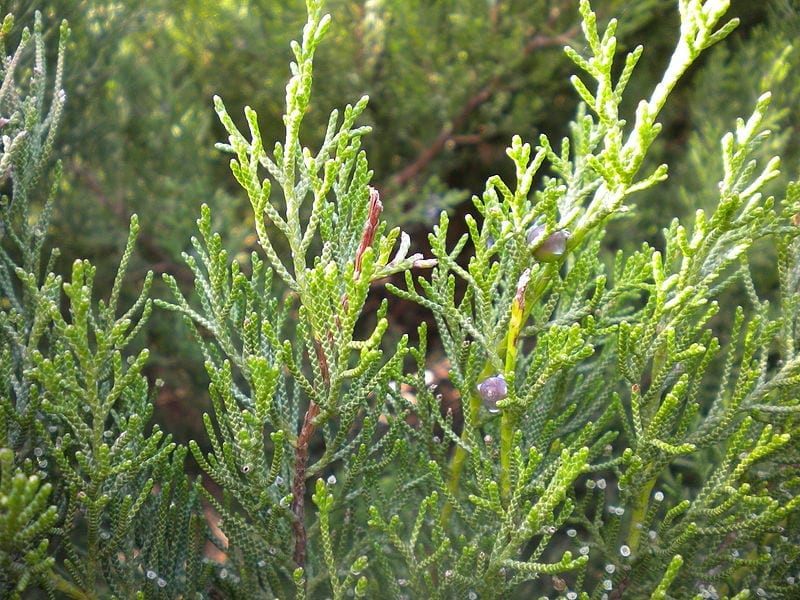
Image - Wikimedia / Balles2601
We will plant it late winter, when the risk of frost has passed.
Plagues and diseases
highly resistant, but it is sensitive to excess watering. It is important to avoid waterlogging so that opportunistic fungi such as phytophthora do not rot the roots. For this reason it is recommended to do preventive treatments in spring and summer with copper-based fungicides, following the steps indicated on the package.
Rusticity
It resists without problems the frosts of up to -18ºC and maximum temperatures of up to 40ºC as long as you have water at your disposal.
What uses does it have?
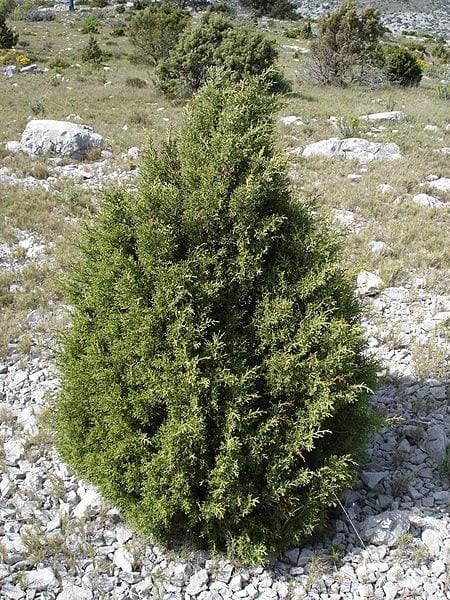
Image - Wikimedia / Jeantosti
El Juniperus phoenicea It is a conifer that used as an isolated specimen, in groups or as a hedge. Also as a potted plant for many years.
What are you waiting for to get one? 😉